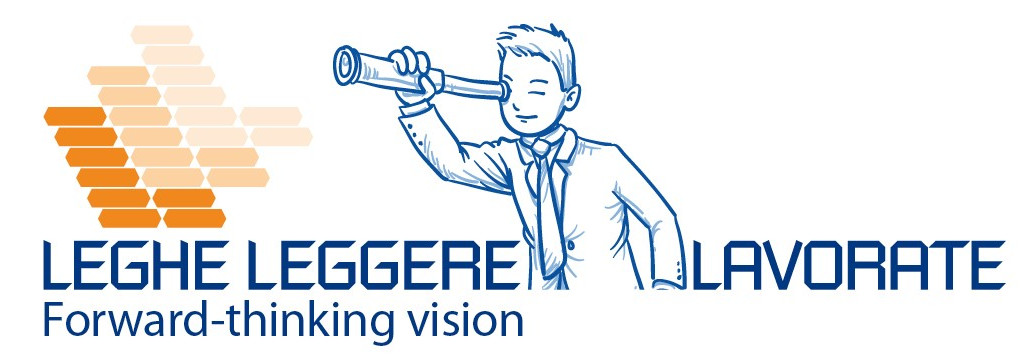In this article we will discover some fundamental aspects and steps for the finishing of medical components, such as electropolishing, sandblasting and etching.
Electropolishing of metals in medical components
Electropolishing is one of the various surface finishes that medical components – both implantable and instrumental – can receive.
Thanks to this process, used on both titanium and AISI, various characteristics of the components are improved.
In the case of titanium, this process makes it more resistant to corrosion and high temperatures, as well as increases its high tensile strength and biocompatibility.
The process removes a controlled amount of material from the outer layer, eliminating surface imperfections, sharp edges and burrs.
As for stainless steels for medical use, the process removes surface micro imperfections. After undergoing the process, in fact, the components obtain a glossy, smooth and extremely clean finish.
Sandblasting and etching of medical components
In some applications, such as dental implants, but not only, etching combined with sandblasting is a decisive process for the final result of the implantable medical device.
The combination of these two processes allows titanium component to have a double surface roughness able to favor a fast and firm osseointegration.
The macro-roughness obtained by sandblasting with coarse-grained particles, facilitates bone anchoring. On the contrary, the micro-roughness, obtained by etching, creates an ideal environment for the proliferation of osteoblastic cells.

